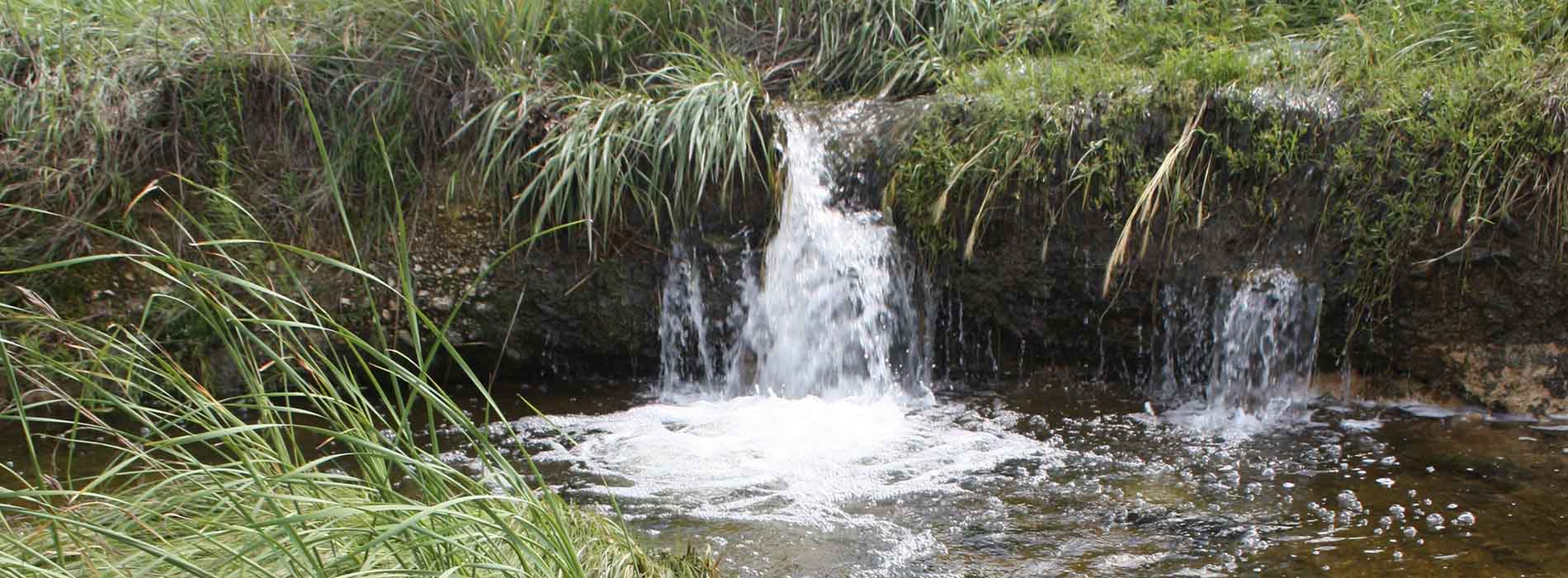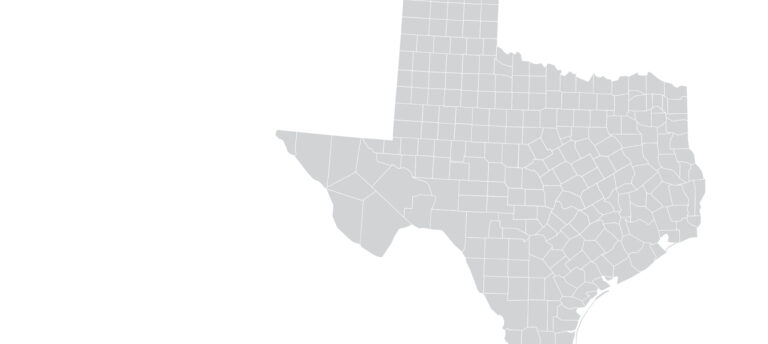“Anything we can do to slow runoff down gives us more of a chance to soak it into the ground,” says Kyle Wright, USDA Natural Resources Conservation Services water quality specialist for Texas.
“If you can slow it down, you can soak it in,” he says, and provides some tips for landowners on how to slow down any runoff on your ranch.
Managing water quality on rangelands is a simple ‘ACT’—Avoid, Control, Trap.
Wright has spent the majority of his career in far West Texas, where annual rainfall averages less than 12 inches. “So if a drop of water falls on one of those farms or ranches, they want to keep it on the place,” he says.
He admits that his first tip may be obvious, but it bears repeating. “Practice prescribed grazing and use the proper stocking rate for your land. Don’t overstock the place. Look at what you have and decide from that what you can run on the place.”
Prescribed grazing will do several things for the rancher, he says. “You won’t be losing soil to erosion and you’ll increase infiltration through vegetative cover on the land. As long as you’re holding water on your place, it’s not running off and you can use it.”
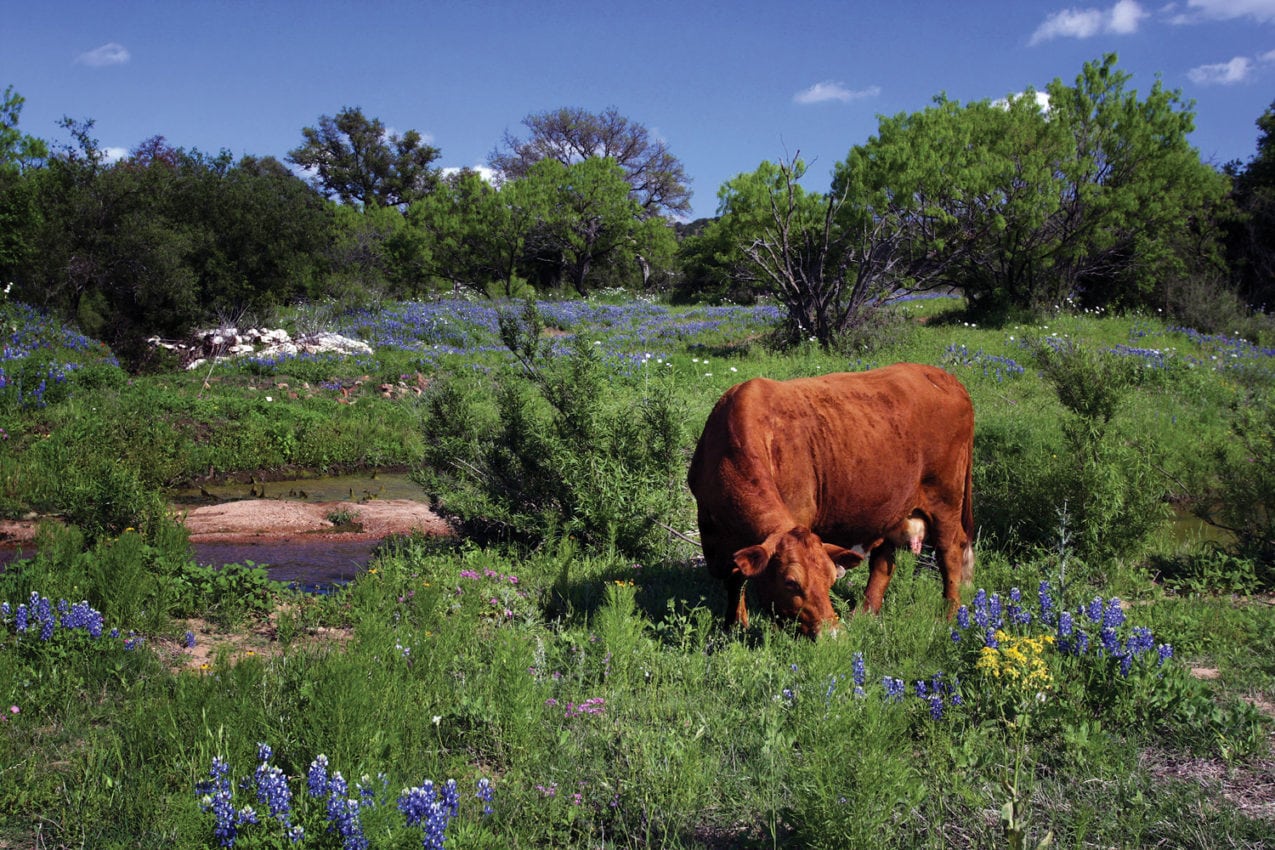
Another practical tip is to take a look at your land as a whole. “Maintain a healthy ecosystem. Try to keep the ranch healthy. If it has plenty of vegetation, the livestock look healthy, the rangeland looks healthy and the creeks look healthy, then everything is going to be functioning the way it should. I’m a firm believer in natural regeneration. Many times when we go into areas that are not healthy, if we will just back off some of the pressures that we are applying to the land, things will begin to improve on their own, rather quickly.”
The privately owned lands of Texas serve as filters for the creeks, streams, rivers and aquifers that provide water for the entire state. Vegetative cover slows down rainfall, in effect, so it is naturally filtered before making its way into the water system. Wright says, “I would rather take a drink out of a spring bubbling up out of the ground where it’s been naturally filtered than from a puddle where it ran off without any filtration.”
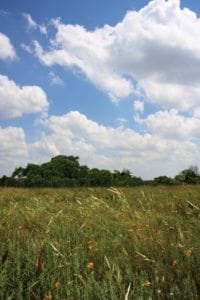
After looking around at the whole system, look down at the soil. “Look at the health of the soil. Everything we do on our ranch is built on the foundation of the soil. If the soil is not healthy, then it will be a struggle to keep everything above it healthy. Healthy soils are extremely important for water conservation from the standpoint of infiltration and filtration.”
Some soils hold more water than others do, but all soil types can be improved. As little as a 1 percent increase in the amount of organic matter in the soil—decaying plants, insects and other things—can drastically increase the amount of water that is held in place, Wright explains.
“Regardless of the type of soils on your property, the health of all soil types can be improved. Water tends to freely flow through sandy soils. Increased organic matter in sandy soils can hold some of this water. Heavy clay soils tend to compact and seal off, forcing water to run off. Increased organic matter in heavy clay soils will help to keep these soils open to accept and hold water. Increases in organic matter content are important in all soils.”
I’d rather take a drink out of a spring bubbling up out of the ground where it’s been naturally filtered than from a puddle where it ran off without any filtration.
Traffic on the soil
There can be a lot of traffic on a ranch—hunters, oil and gas workers, or general ranch help. Traffic affects soil, which affects water retention, but there are still tips to help manage rainfall on higher traffic areas.
“In a healthy system, the soil is made up of the parent materials, organic matter, and then there’s a lot of space in there for air and water. When you start running a vehicle over it, or start concentrating traffic over the top of it, you tend to compact that soil. What compacts are those spaces in between. Your infiltration, the amount of water you can absorb into the ground, is greatly reduced anytime there is compaction.
“In areas where there are roads and pads, these areas are usually highly compacted and rainfall is going to run off. A rancher can do great things by working along the edges of these areas, putting up check dams and other small structures to catch the runoff and hold it.”
“If water is running off of a compacted area, catch it somewhere. If it’s running off the road, catch it in small areas as it runs off the road. The catchments don’t have to be big. If you can catch that water, you can grow grass with it. Hold it on your place and use it.”
Riparian areas and stock tanks
Slowing the water down allows the impurities to settle out of the water. This is helpful around stock ponds and riparian areas.
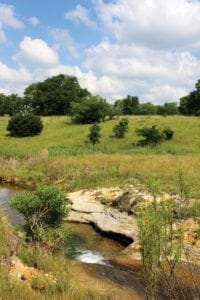
A riparian area is the “transition zone between the edge of the water, stream, creek or pond, and the uplands,” Wright explains. “It has different vegetation than other areas of the ranch. It is really important that we protect these areas. They are special. From a water quality standpoint, it’s the last chance we have to catch and filter out something before it hits the water.”
“We should try to protect, not overgraze, the areas around stock ponds and the riparian areas along streams and creeks. We need a good filtration system in these areas. By allowing grass to grow in these areas, the runoff that we do catch in our ponds is filtered before it gets there. We don’t want to fill it up with sediment. Slow the water down and catch the sediment.”
Riparian areas can be part of a prescribed grazing system, Wright says. “Fence those areas off and make them a river pasture. You can run livestock in there and when they begin to get to the point where they are taking too much vegetation, pull the cattle out. We need to protect those areas. It’s the last chance we have of catching any kind of contaminant before it hits the water.”
ACT for better water quality
Managing water quality on rangelands is a simple “ACT,” Wright says—Avoid, Control, Trap.
“Avoiding the problems of increased sedimentation and runoff is best and we do that by maintaining healthy vegetative cover on the ranch. If something can’t be avoided then do what you can to control it. This is where prescribed grazing and proper stocking rates are important. We are controlling the grazing and the amount of vegetation we are leaving. The third part is trap. Trap and hold any water we can. If we can trap it and slow it down, we have the opportunity to hold the water longer. It will be filtered as it soaks into the soil and moves through it. We’ll have cleaner water in the end.”
Summary
- TIP #1: Practice prescribed grazing and use the proper stocking rate for your land. Don’t overstock the place.
- TIP #2: Maintain a healthy ecosystem. Try to keep the ranch healthy.
- TIP #3: Look at the health of the soil. Everything we do on our ranch is built on the foundation of the soil. If the soil is not healthy, then it will be a struggle to keep everything above it healthy.
- TIP #4: In areas where there are roads and pads, these areas are usually highly compacted and rainfall is going to run off. A rancher can do great things by working along the edges of these areas, putting up check dams and other small structures to catch the runoff and hold it.
- TIP #5: Slowing the water down allows the impurities to settle out of the water. This is helpful around stock ponds and riparian areas.
- TIP#6: We should try to protect, not overgraze, the areas around stock ponds and the riparian areas along streams and creeks. We need a good filtration system in these areas. By allowing grass to grow in these areas, the runoff that we do catch in our ponds is filtered before it gets there.
